New research finds that neurons migrate from the brain to infiltrate cancer cells, and that targeting this process is a promising new method of attack on cancer.
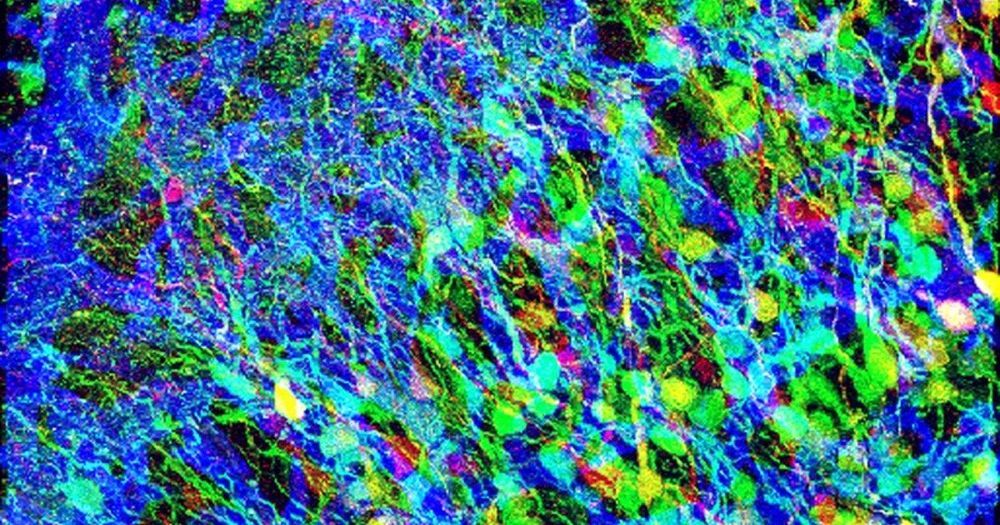

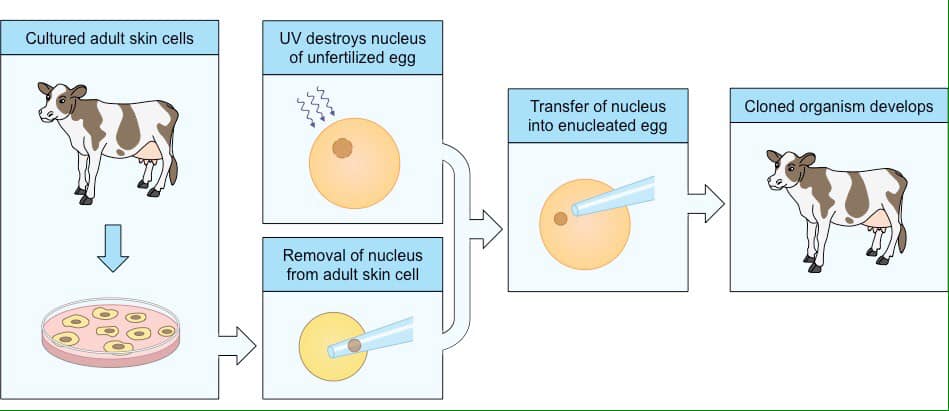
In genetics and developmental biology, somatic cell nuclear transfer (SCNT) is a laboratory technique for creating an ovum with a donor nucleus. It can be used in embryonic stem cell research, or in regenerative medicine where it is sometimes referred to as “therapeutic cloning”.
https://www.biointeractive.org/classroom-resources/somatic-c…94yzh8K2uw

LOS ANGELES (AP) — New research gives some biological clues to why women may be more likely than men to develop Alzheimer’s disease and how this most common form of dementia varies by sex.
At the Alzheimer’s Association International Conference in Los Angeles on Tuesday, scientists offered evidence that the disease may spread differently in the brains of women than in men. Other researchers showed that several newly identified genes seem related to the disease risk by sex.
Two-thirds of Alzheimer’s cases in the U.S. are in women and “it’s not just because we live longer,” said Maria Carrillo, the association’s chief science officer. There’s also “a biological underpinning” for sex differences in the disease, she said.



Gut microbes produce compounds that prime immune cells to destroy harmful viruses in the brain and nervous system, according to a mouse study published today in eLife.
The findings suggest that having healthy and diverse microbiota is essential for quickly clearing viruses in the nervous system to prevent paralysis and other risks associated with diseases such as multiple sclerosis.
A condition that causes progressive damage to nerve cells, multiple sclerosis has become more common over the past several decades. Viral infections in the brain or spinal cord are thought to trigger this disease. Some scientists believe that changes in the way we eat, increased sanitation or growing antibiotic use may be causing detrimental changes in the helpful bacteria that live within the human body, potentially increasing the risk of multiple sclerosis and other related diseases.

Researchers at the University of Helsinki have shown why the regenerative capacity of the cells lining the intestines declines with age and that targeting a particular enzyme can restore the regenerative potential of this tissue.
Notum blocks the Wnt pathway
During normal function, the cells of the intestinal epithelium, a single cell layer that forms the lining of both the small and large intestine, are replaced by stem cells, which create healthy replacement cells to counter losses from injury, damage, disease, and aging. These cells are roused into action via the Wnt signaling pathway, which is activated through signals sent by other cells in the tissue.
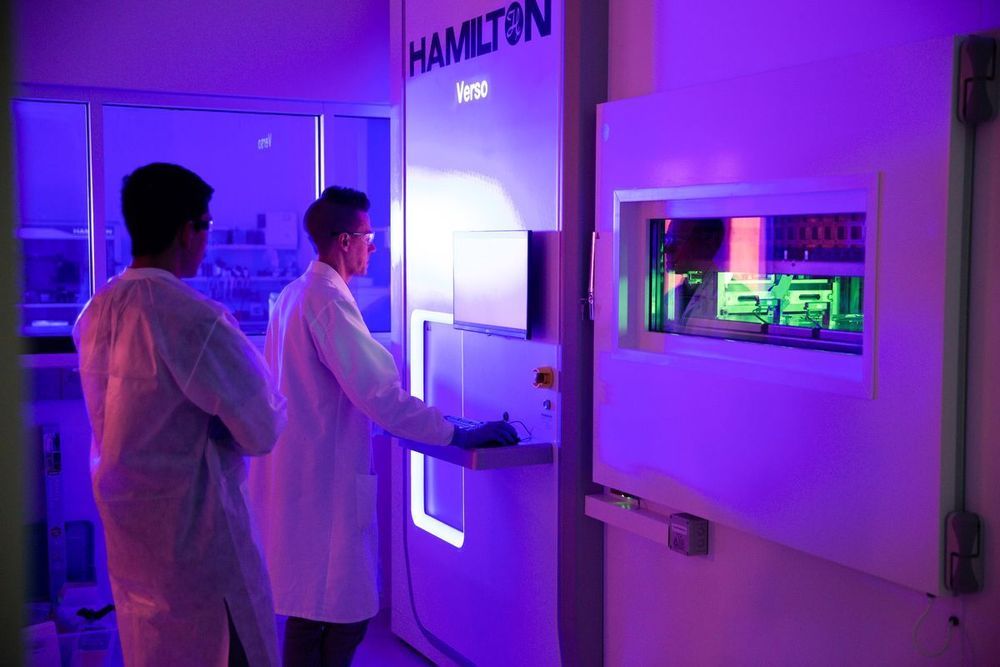
But a less-noticed win for DeepMind, the artificial-intelligence arm of Google’s parent Alphabet Inc., at a biennial biology conference could upend how drugmakers find and develop new medicines. It could also dial up pressure on the world’s largest pharmaceutical companies to prepare for a technological arms race. Already, a new breed of upstarts are jumping into the fray.
Alphabet’s DeepMind cracked a problem that long vexed biologists, heating up a technological arms race in health care.
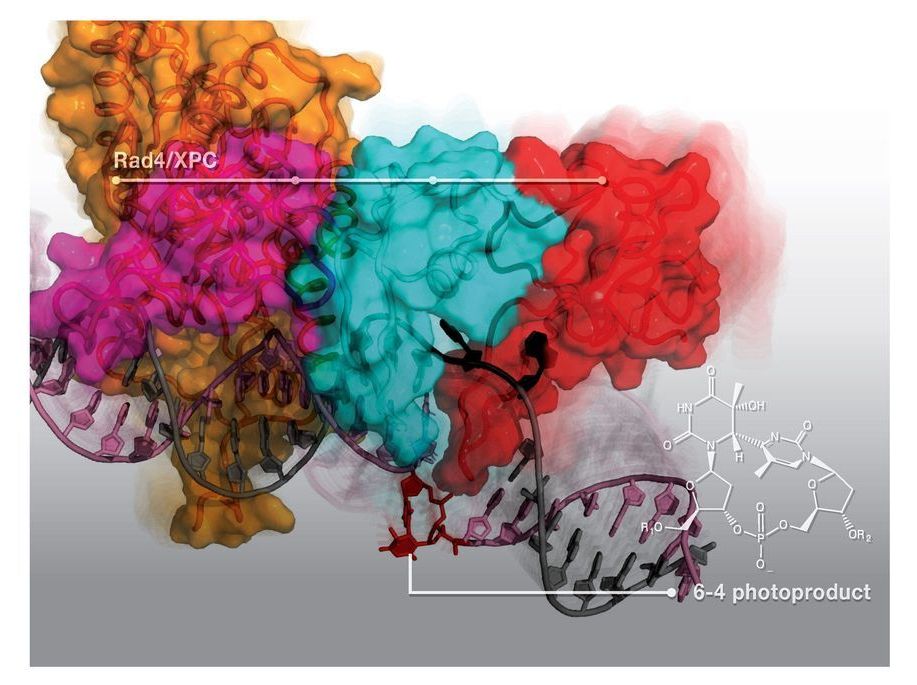
A team led by a Baylor University researcher has published a breakthrough article that provides a better understanding of the dynamic process by which sunlight-induced DNA damage is recognized by the molecular repair machinery in cells as needing repair.
Ultraviolet light from the sun is a ubiquitous carcinogen that can inflict structural damage to the cellular DNAs DNA carries important blueprints for cellular functions, failure in removing and restoring damaged parts of DNA in a timely fashion can have detrimental outcomes and lead to skin cancers in humans, said lead author Jung-Hyun Min, Ph.D., associate professor of chemistry and biochemistry in Baylor’s College of Arts & Sciences.
Min and her team showed how the repair protein Rad4/XPC would bind to one such UV-induced DNA damage—6–4 photoproduct—to mark the damaged site along the DNA in preparation for the rest of the nucleotide excision repair (NER) process in cells.
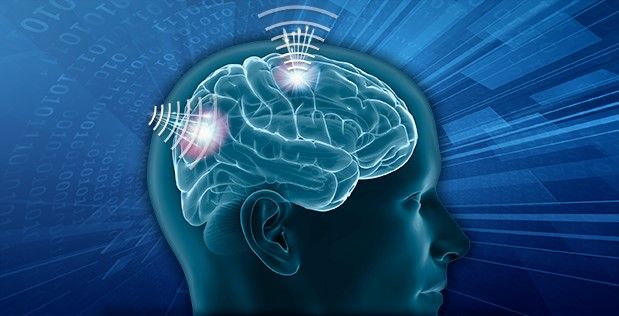
One of the main speculations about future technology is uploading. This is where our minds are copied in exact detail from our biological physical bodies and then created in artificial bodies. Alexander Bolonkin has posited many kinds of technology over the decades. He has a recent work which is summarized here where he considers that future uploading will mean that we can then use super-technology (nanotechnology, nuclear fusion etc…) to make people into literal gods and supermen. We can use control of matter, energy and information to make what he calls the E-man. Bolonkin then indicates that uploading and creation of minds could be used for the resurrection of long-dead people. This would be where we create the very close approximation of dead people. This would be like using gene editing to turn an African Elephant into a Whooly Mammoth. The vast technological capability would let us actualize what would be a simulation into living entities.
Bolonkin’s Case for E-Man and Resurrection
Alexander Bolonkin looks at methods and possibilities for electronic resurrection of long-dead outstanding personalities. He also considers the principles and organization of the new E-society, its goals and conditions of existence.